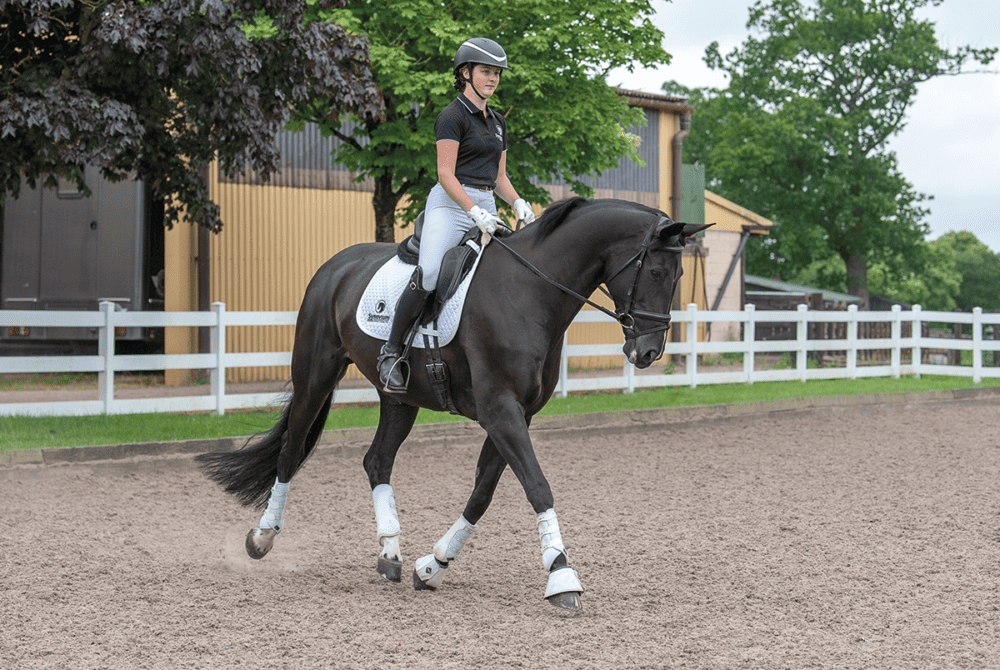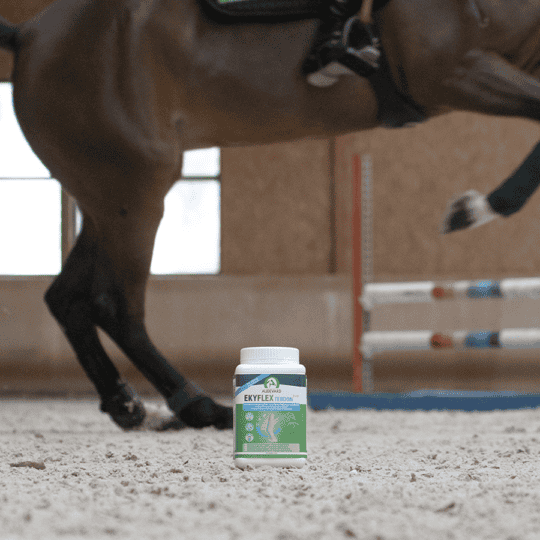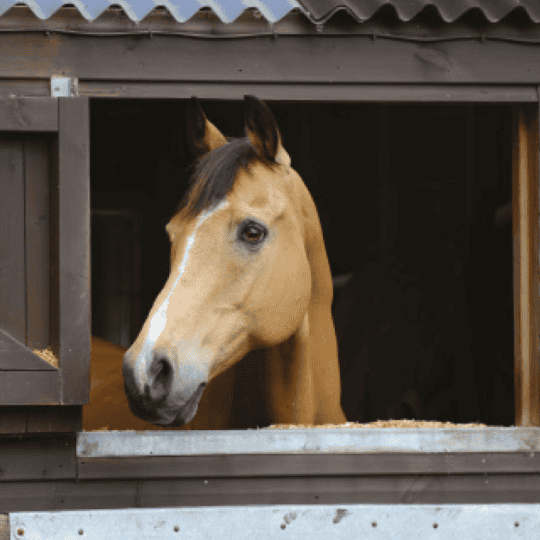Balancing act
Posted 16th January 2024
Ferdi Eilberg offers tips and advice on developing your horse’s balance and self-carriage

Whatever age and level of training your horse has reached, remember that dressage is a balancing act. Balance is something you can continue to develop over the years, and understanding what’s required is the first step to being able to improve it. Here, I’ll discuss why balance is so important in dressage and some of the training methods and exercises we use to develop it.
TOP TIP
A good test of whether your horse is carrying himself in good balance is to give and retake the reins.
Lighten up
Horses naturally carry two-thirds of their bodyweight on their front end but, over time, we aim to change that balance until the horse can carry two-thirds of his weight on his hindquarters.
It’s important to remember that you can’t change a horse’s balance without having a contact in place. The rein contact needs to be light, but you also need the horse to understand how it works.
The main ‘force’ of riding is the rider’s seat and a balanced one will help the horse to stay in a good balance, too. The role of your hand is to bring that balance back to your seat, via a half-halt, if it becomes compromised.
This might be something you have to do fairly often with a young or unbalanced horse, but as your horse’s training develops, you’ll find you can ride several balanced strides without needing to use your hand to rebalance him.
Shoulder-in on a circle
As the name suggests, shoulder-in is a movement that requires the horse’s shoulders to come onto an inner track.
In a good shoulder-in, your horse will be working on three tracks with his inside foreleg on an inner track, his outside foreleg and inside hindleg on a middle track and the outside hindleg on an outer track.
Riding shoulder-in on a circle is a great way to engage your horse’s hindleg. You may find he drops his nose a little, which usually means he’s lost a bit of balance. If this happens, use a half-halt to bring the balance back to the hindleg, then immediately let the nose out again.
Be careful when riding shoulder-in that you don’t ask for too much inside bend. If your horse is bent too much to the inside, you’ll lose the straightness and, therefore, his balance will be compromised.
Learn more about developing your horse’s balance and self-carriage in March Horse&Rider. Get your copy today!










